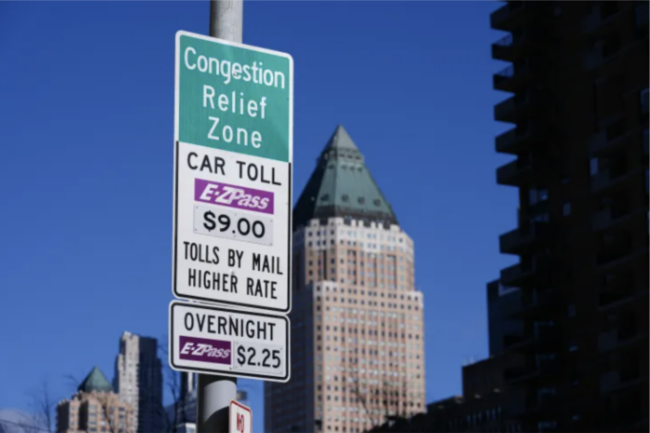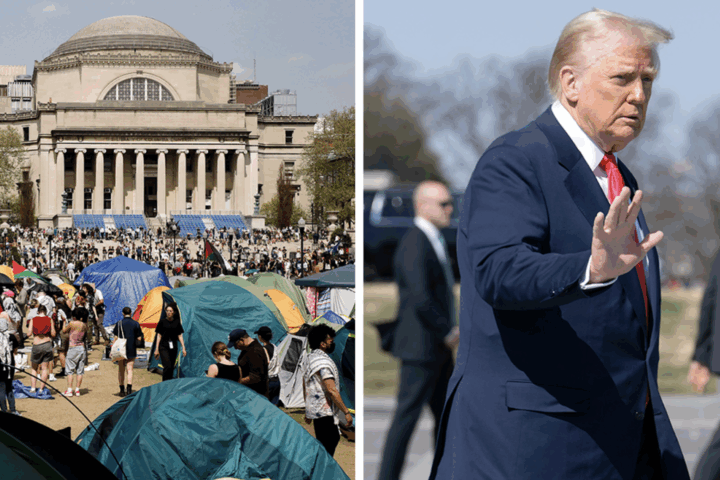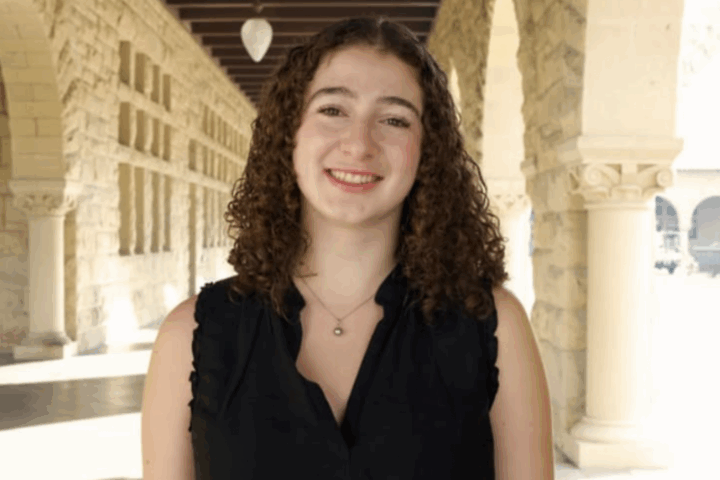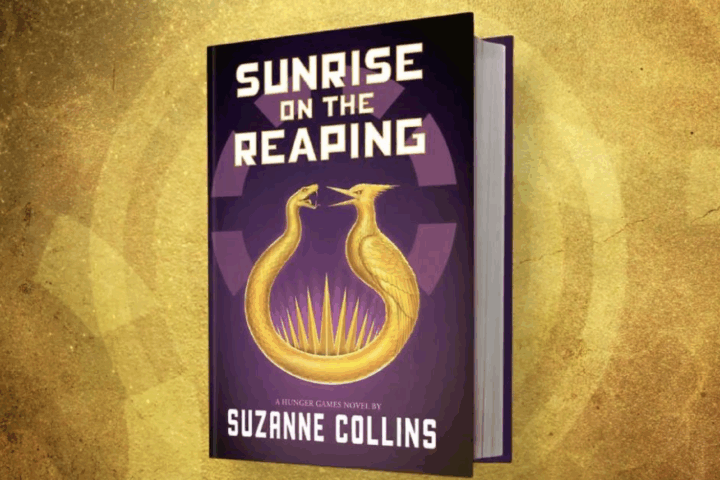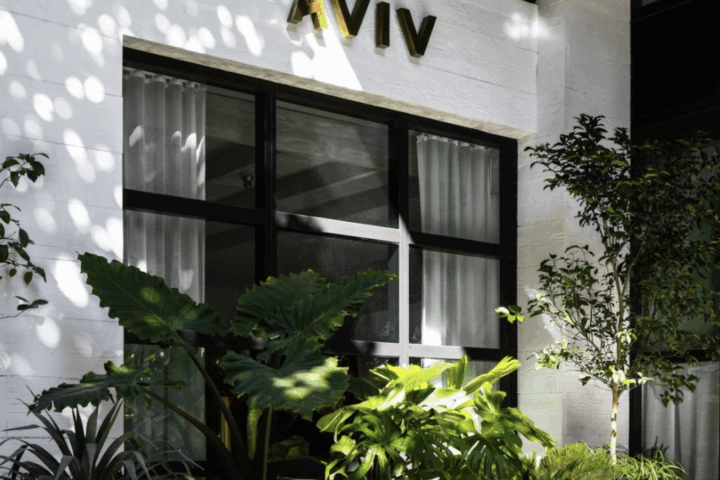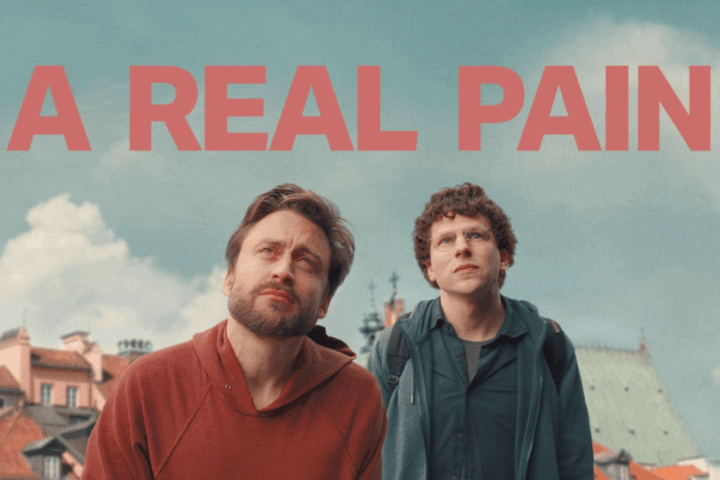Congestion pricing is constantly in the news. Every time one opens a newspaper, turns on the TV or checks social media, they are confronted with someone’s opinion about why the toll should or should not exist. This is a topic of special significance to me because I live in the congestion zone, so the toll affects not only me when I am traveling in a car but also other aspects of my life. As most of the opinions we hear are from people who commute into the zone, I thought it was essential to get some perspective from a resident of the zone.
Before I begin, I want to acknowledge that traffic has become a big issue that needs to be
addressed. I’m sure nobody in New York would object to a fair plan to lower traffic in the city;
That said, congestion pricing as currently structured is not it. The toll has numerous flaws and it unfairly penalizes the Central Business District (CBD) residents.
The first issue is that the toll, as structured, is flawed. If the goal was to reduce
congestion, rideshare drivers and taxis would not pay such sharply reduced rates- $0.75 for
taxis and $1.50 for rideshares compared with $9.00 for passenger cars. The explosive growth of
rideshares is the primary driver of congestion, but the toll pricing does not do much to reduce their volume. It can actually encourage commuters to switch from personal cars to ride shares since their surcharge is less than the $9 fee for private vehicles and the $2.90 for the subway. Companies like Uber and Lyft are well aware of this and have poured millions into lobbying efforts promoting the toll.
Secondly, why are they charging the toll 24/7 if the tool was all about congestion? Newsflash: the streets are not clogged with cars at 3 am. This shows that the toll is about
collecting revenue to fund the MTA. Governor Kathy Hochul as much as admitted that when she said
President Donald Trump would have to give the city $ 15 billion to fund the MTA if the toll was abolished.
The scheme fails to provide discounts for zone residents who own cars. Unlike congestion pricing in London, where residents of the zone get a 90% discount, here in New York, the criteria a zone resident has to meet to get a toll reduction are such that almost nobody can qualify. Toll advocates argue that zone residents are wealthy people who use their cars to go to their weekend houses and can afford the toll. The reality is that the zone is socioeconomically diverse, and people who live in the area drive cars because public transportation is not a good option. Subways are not always practical for elderly people with limited mobility, people with erratic work schedules, those who work outside the city or people who have to transport bulky items.
Public transportation also has many safety issues. Recently, high-profile violent attacks have occurred in the public transportation system, making people fearful about using it. As a lifelong New Yorker, I know these situations are much rarer than the media makes them seem, but that doesn’t mean they do not happen. I remember one incident last year when I was on the A Train as a part of a school trip, and a man began to yell in my friend’s and my faces. I know that at that moment, I didn’t feel safe. The MTA must make systemic changes to the subway system to make it safer, change public perceptions, and attract more riders.
As if congestion pricing was not flawed enough, there have been many technical difficulties during the rollout. Drivers have been charged for driving around within the zone because they parked in a garage on 42nd Street, which has toll readers in front of it to catch people entering the city via the Lincoln Tunnel. The problem is that these toll readers also charge people who are already in the zone and happen to drive along 42nd Street. I am aware of others who have been erroneously charged – for example, people who have been charged the rate for box trucks even though they were driving cars, and people charged the toll twice on the same day. Adding insult to injury, when you contact E-ZPass, you must wait a long time on hold, and then it takes weeks to get a resolution.
The toll penalizes residents of the zone. The Central Business Tolling District is home to over 600,000 New Yorkers living in a diverse array of neighborhoods, including Greenwich Village, Chinatown, Hell’s Kitchen, Chelsea and Alphabet City. This toll drives up the cost of living for residents of the zone, even if they don’t own a car. In most cases, the toll is passed on to consumers at higher prices: bodegas and restaurants pay more for deliveries, so they charge more; if a repairman comes and fixes something in your home, you will find a congestion surcharge on your bill.
So, is congestion pricing working? I’ve talked to a number of my neighbors, and while the consensus is there is less traffic, which we all appreciate, nobody I have spoken to feels the drop in traffic in our part of the zone has been as big as toll proponents imply. The MTA has announced with great fanfare that there is 7% less traffic on the roads. While politicians may act like this is a large number, it isn’t enough to excite most people. Imagine seeing a store with a 7% off sale; you’d probably walk right by it because it seems like such an inconsequential reduction. While it is an improvement, most people feel the change is insufficient to warrant the burden it places on New Yorkers.
These same politicians have been touting congestion pricing as an economic success, citing the rise in Broadway box office sales and retail earnings in the zone and implying this is due to congestion pricing. This logic is flawed, as there is nothing to prove that this is not a coincidence. There has been steady growth in the Manhattan economy post-COVID-19, which is why sales have increased. It is too early to say if or how congestion pricing has impacted this trend.
If I turned in a school assignment with as many problems as congestion pricing has, I’d get a failing grade, so why are politicians heralding it as a huge success? Congestion pricing should be stopped until a better plan is devised.

